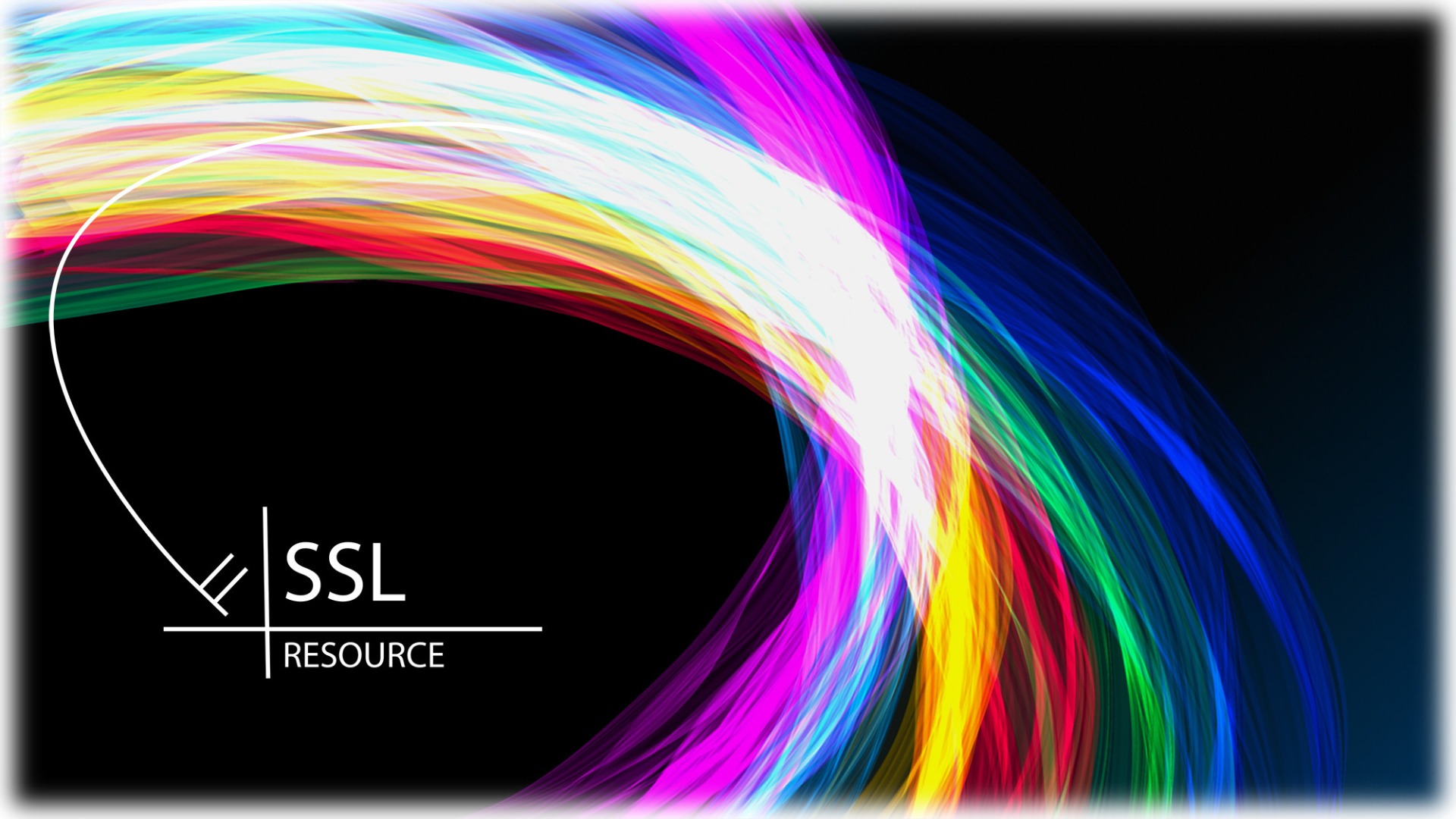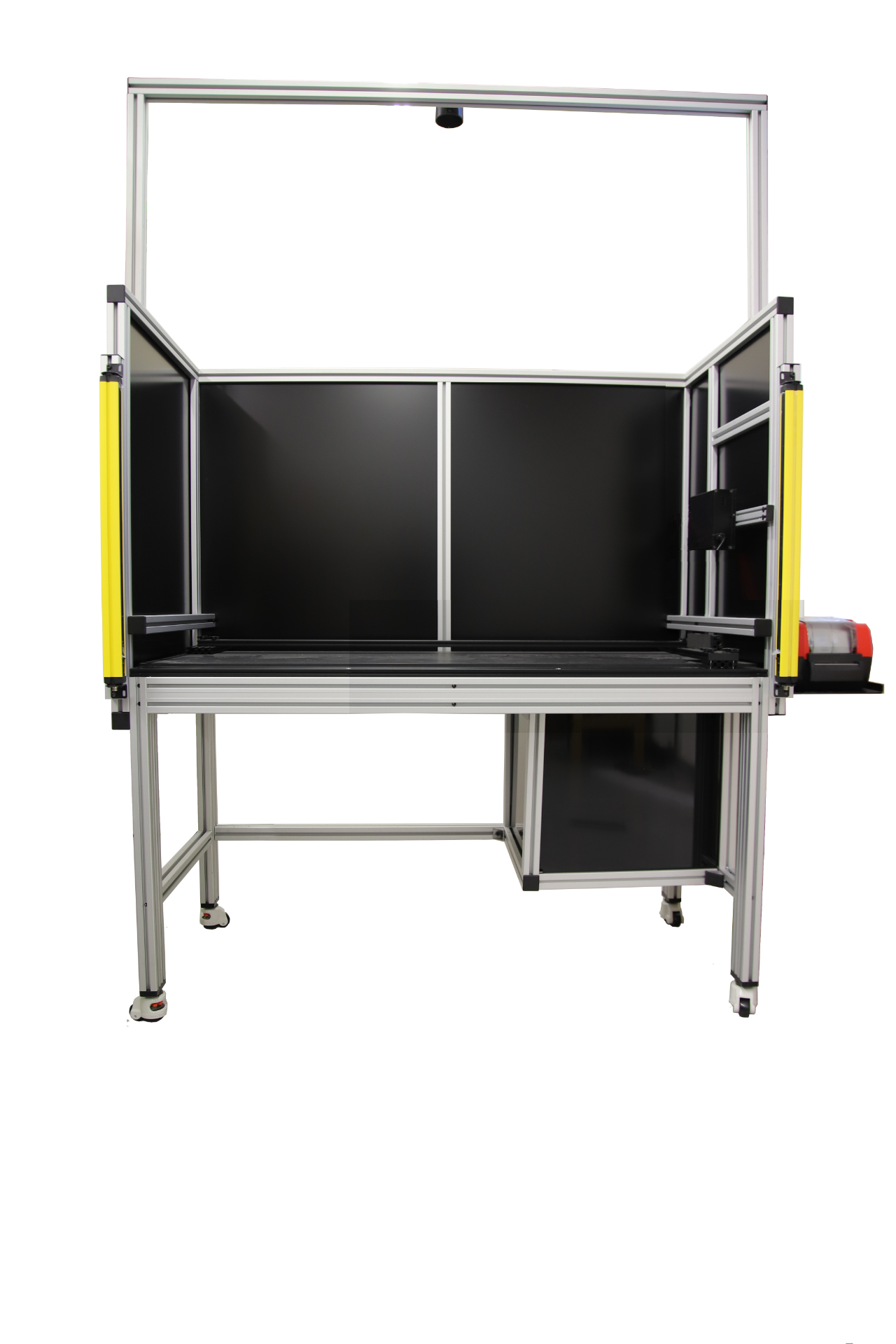Luminance imaging
Absolute point-by-point Luminance measurement over an area
/ APPLICATIONS / FiLMI
Imaging luminance meter measures luminance values simultaneously at each point of the measurement area. From this matrix of luminance values different parameters like average, variation, maximum and minimum of luminance are calculated.
Applications of luminance imaging
- 'average luminance' (Luminance-HLLS) measurement as defined by ecodesign directive for light sources (https://eur-lex.europa.eu/legal-content/EN/TXT/PDF/?uri=CELEX:32019R2020&rid=6)
- the average luminance is measured over the light-emitting
area where the luminance is more than 50 % of the peak luminance (cd/mm2)
- with luminance imaging this area can be easily determined
- Display testing (ST 431-1, ISO 2910)
- variation of brightness (luminance) over a display can be easily revealed
- Road lighting
- Design criteria for Illumination at tunnel entrance (CIE 088)
- Illumination inside a tunnel (CIE 088)
- illumination of road surfaces (EN 13201)
- Luminance contrast of small details
- Elevator etc, control buttons
- automotive dashboard lights and control buttons
- UGR determination of luminaires
- Automated luminous area measurements when connected with the gonio
- Determination of effective luminous area of Non-uniform sources (CIE 232:2019)
- Emergency lighting
- Measurement of luminance and contrast (EN-60598-2-22)
SSL FiLMI 2.3 is a high quality imaging luminance meter with accurate spectral response (f1' <3% to CIE 1924 V(λ) function ) and calibration traceable to NIST
SSL FiLMI 2.3
measures absolute luminance values at every point of the sample simultaneously.

Other SSL test systems




